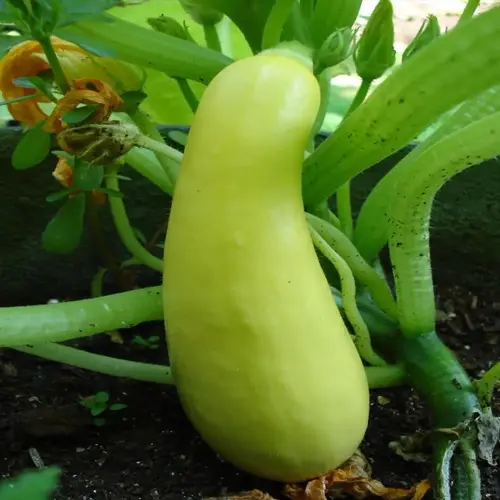Why aren't my tulips blooming?

Written by
Michael Sullivan
Reviewed by
Prof. Samuel Fitzgerald, Ph.D.Tulips that fail to bloom are usually a result of a missed growing situation. I had solo leaves when my tulip bulbs were exposed to a mild winter. The number one cause of tulips not blooming is insufficient chilling, followed by poor drainage and congestion. Identifying the specific problem saves you seasons of letdown.
Critical Causes
- Insufficient chilling: Bulbs need 12-16 weeks below 45°F
- Overcrowding: Divide bulbs every 3 years for space
- Poor drainage: Soggy soil causes rot within weeks
- Premature foliage removal: Leaves must yellow naturally
Recovery Steps
- Test drainage: Dig 12-inch hole, fill with water, time drainage
- Amend soil: Add grit to heavy clay beds immediately
- Chill bulbs: Refrigerate for 14 weeks before fall planting
- Mark locations: Avoid accidental summer disturbance
Chilling requirements are vital. Tulips require 12-16 weeks of chilling temperatures below 45°F to initiate blooming. Warm winters interrupt this process. My zone 8 garden involves refrigerated bulbs. Verify soil temperatures using a probe thermometer to ensure ample cold treatment before planting.
Take drainage concerns seriously. Bulbs will rot in saturated soil in a matter of days. I know that from experience losing a batch planted in clay soil before I added grit. I did a simple test: dig a hole 12 inches deep, fill it with water and time how long it takes for the water to drain. Slow drainage is easily remedied with raised beds or amendments to the soil.
Be conscientious with nutrient balance. Weak blooms are due to phosphorus deficiency. Bone meal, if applied at the time of fall planting, will help. Be sure not to use high-nitrogen fertilizers that promote leaf growth, not blooms. In my tulip recovery, I didn't plant them in the fall. I relied on a balanced 5-10-10 fertilizer, supplemented with regular soil testing, to make precision adjustments.
Read the full article: When to Plant Flowers: Month-by-Month Guide

